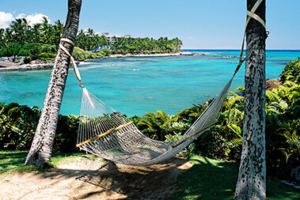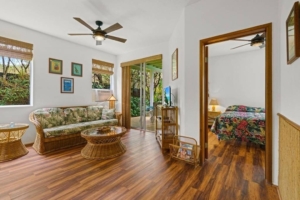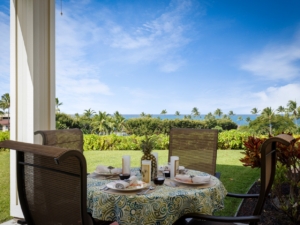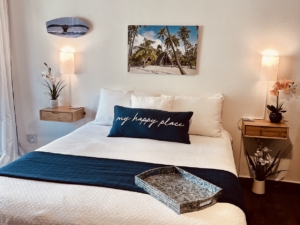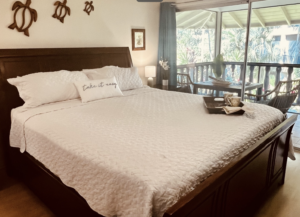Finding The Big Island’s Top Attractions
Kailua-Kona beckons travelers with its captivating natural beauty, rich history, and diverse cultural offerings. This quick guide will help you find Kona’s top attractions, ensuring an unforgettable and enriching experience for every visitor.
Kona’s Natural Wonders
- Hapuna Beach beckons travelers with its pristine white sands and crystal-clear waters. This iconic beach is a haven for swimmers, snorkelers, and sunbathers alike. Bask in the warm Hawaiian sun, immerse yourself in the refreshing ocean, and marvel at the vibrant marine life that inhabits the nearby coral reefs. Hapuna Beach offers a perfect blend of relaxation and adventure, making it a must-visit destination for anyone exploring Kona’s top attractions.
- Make your way to Kahalu’u Bay, a picturesque haven for snorkeling and surfing enthusiasts. Immerse yourself in the vibrant underwater world, teeming with colorful fish, graceful sea turtles, and the occasional eel. Snorkelers of all levels will delight in exploring the shallow reefs, while experienced and beginner surfers can tackle the challenging waves that break along the bay’s outer edge. Kahalu’u Bay offers a perfect blend of tranquility and adventure, making it a top destination for water sports enthusiasts visiting Kona.
- Kua Bay, a secluded gem, is ideal for swimming, sunbathing, and enjoying the breathtaking Hawaiian sunsets. Wade in the crystal-clear waters or join the body surfers and boogie boarders catching a wave. As the sun begins its descent, Kua Bay transforms into a kaleidoscope of colors, casting a golden glow over the surrounding landscape. Whether you seek relaxation or adventure, Kua Bay offers a perfect escape from the hustle and bustle, allowing you to reconnect with nature and create lasting memories.
- Keauhou Bay: Bask in the tranquility of this stunning bay, perfect for swimming, snorkeling, and kayaking. Marvel at the vibrant marine life, including colorful fish, graceful sea turtles, and playful dolphins.
Cultural Immersion in Kona
- Huliheʻe Palace: Step back in time at this historic palace, once the summer residence of Hawaiian royalty. Admire its elegant architecture, explore its fascinating exhibits, and immerse yourself in the vibrant culture of the past.
- Puʻuhonua o Hōnaunau National Historical Park: Discover the sacred refuge where ancient Hawaiians sought sanctuary. Explore ancient temples, learn about the kapu system, and witness the power of Hawaiian traditions.
- Kona Historical Society Museum: Delve into Kona’s rich past at this captivating museum. Peruse historical artifacts, uncover intriguing stories, and gain a deeper understanding of the region’s cultural heritage.
- Moku’aikaua Church: Admire the architectural beauty of this historic church, a testament to Kona’s missionary history. Immerse yourself in its serene atmosphere and learn about its role in shaping the community.
Outdoor Adventures in Kona
- Kaloko-Honokōhau National Historical Park: Journey through this coastal park, offering breathtaking views of the ocean, ancient Hawaiian fishponds, and diverse wildlife. Hike along scenic trails, explore archaeological sites, and uncover the secrets of Kona’s natural and cultural history.
- Kona Cloud Forest Sanctuary: Embark on a hike through this lush sanctuary, home to a diverse array of native plants and animals. Discover hidden waterfalls, navigate through dense vegetation, and immerse yourself in the beauty of Hawaiʻi’s unique ecosystem.
- Mauna Kea: Venture to the summit of this majestic mountain, the tallest in the world when measured from its base on the ocean floor. Experience breathtaking views, witness a dazzling array of stars at night, and learn about the cultural significance of this sacred site.
Culinary Delights of Kona
- Huggo’s on the Rocks: Savor exquisite seafood and Pacific Rim cuisine while enjoying breathtaking oceanfront views. Indulge in culinary creations that showcase the flavors of Hawaiʻi, paired with an extensive wine list.
- Da Poke Shack: Embark on a culinary adventure at this renowned poke shack, offering a wide variety of fresh and flavorful poke bowls. Customize your bowl with a choice of bases, proteins, toppings, and sauces to create a dish that tantalizes your taste buds.
- Pine Tree Cafe: Begin your day with a hearty breakfast at this local favorite, serving up classic dishes with a touch of Aloha spirit. Enjoy fluffy pancakes, savory omelets, and aromatic Kona coffee to fuel your Kona explorations.
- Kona Coffee Living History Farm: Embark on a journey through the history of Kona’s renowned coffee industry. Stroll through lush coffee fields, witness traditional farming techniques, and savor the aroma of freshly roasted beans.
Plan Your Kona Adventure
Exploring the Big Island is a journey filled with natural wonders, cultural immersion, and culinary delights. From ancient Hawaiian history to breathtaking outdoor adventures, Kona offers a kaleidoscope of experiences that will leave a lasting impression.
Looking for a place to stay? Check out what we have available for your dates.



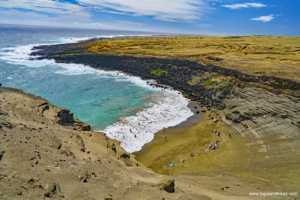 Image by BigIslandHikes.com
Image by BigIslandHikes.com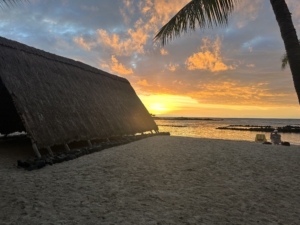
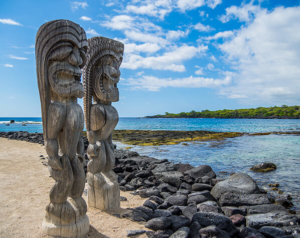
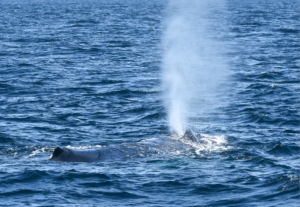
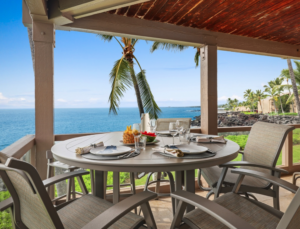
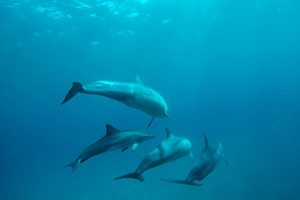
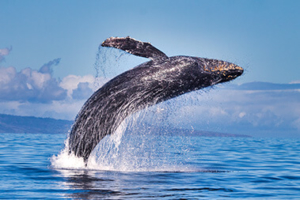
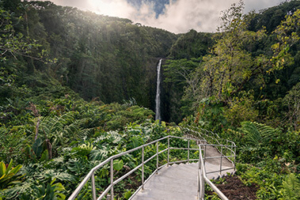
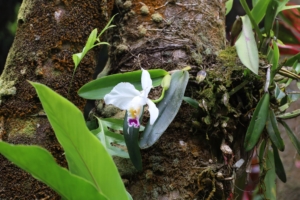 Take Only Pictures, Leave Only Footprints, Then Take More Pictures
Take Only Pictures, Leave Only Footprints, Then Take More Pictures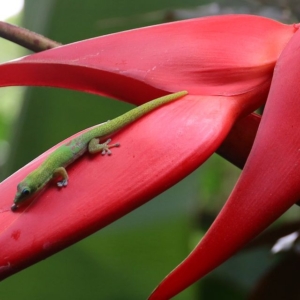
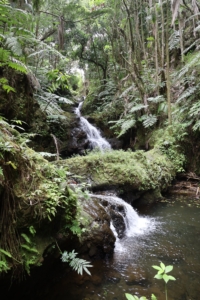 Hike on the garden’s trails and admire the waterfalls and streams.
Hike on the garden’s trails and admire the waterfalls and streams.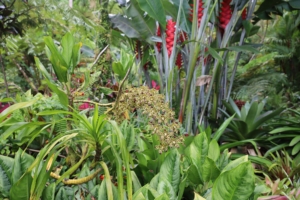
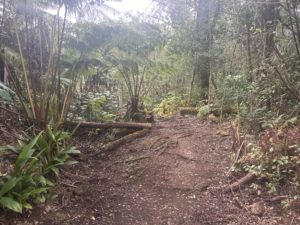
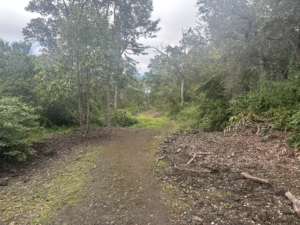

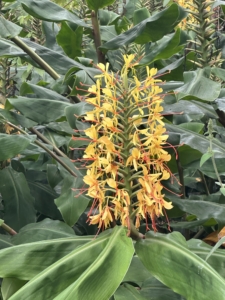
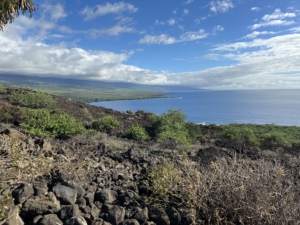 If a big tour boat isn’t your style you can take a guided kayak tour across the bay to Captain Cook Monument or hike down the trail. Both are fun options.
If a big tour boat isn’t your style you can take a guided kayak tour across the bay to Captain Cook Monument or hike down the trail. Both are fun options.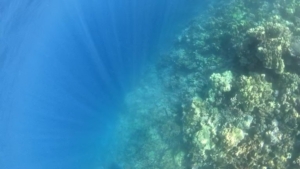 Early morning is the best time to snorkel in Kealakekua Bay without the tour boats.
Early morning is the best time to snorkel in Kealakekua Bay without the tour boats.
